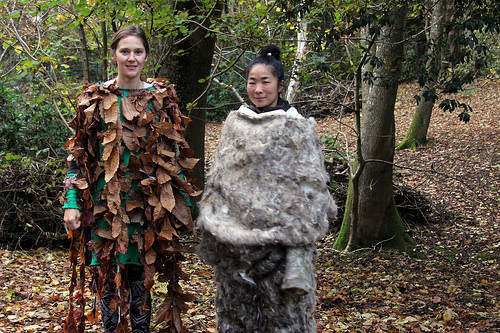
[ July 1- July 7 ]
Mika and Hannah have been collaborating as KOBAKANT since 2006 in the field of electronic textiles. They share their soft circuit and textile sensor designs on HOW TO GET WHAT YOU WANT.
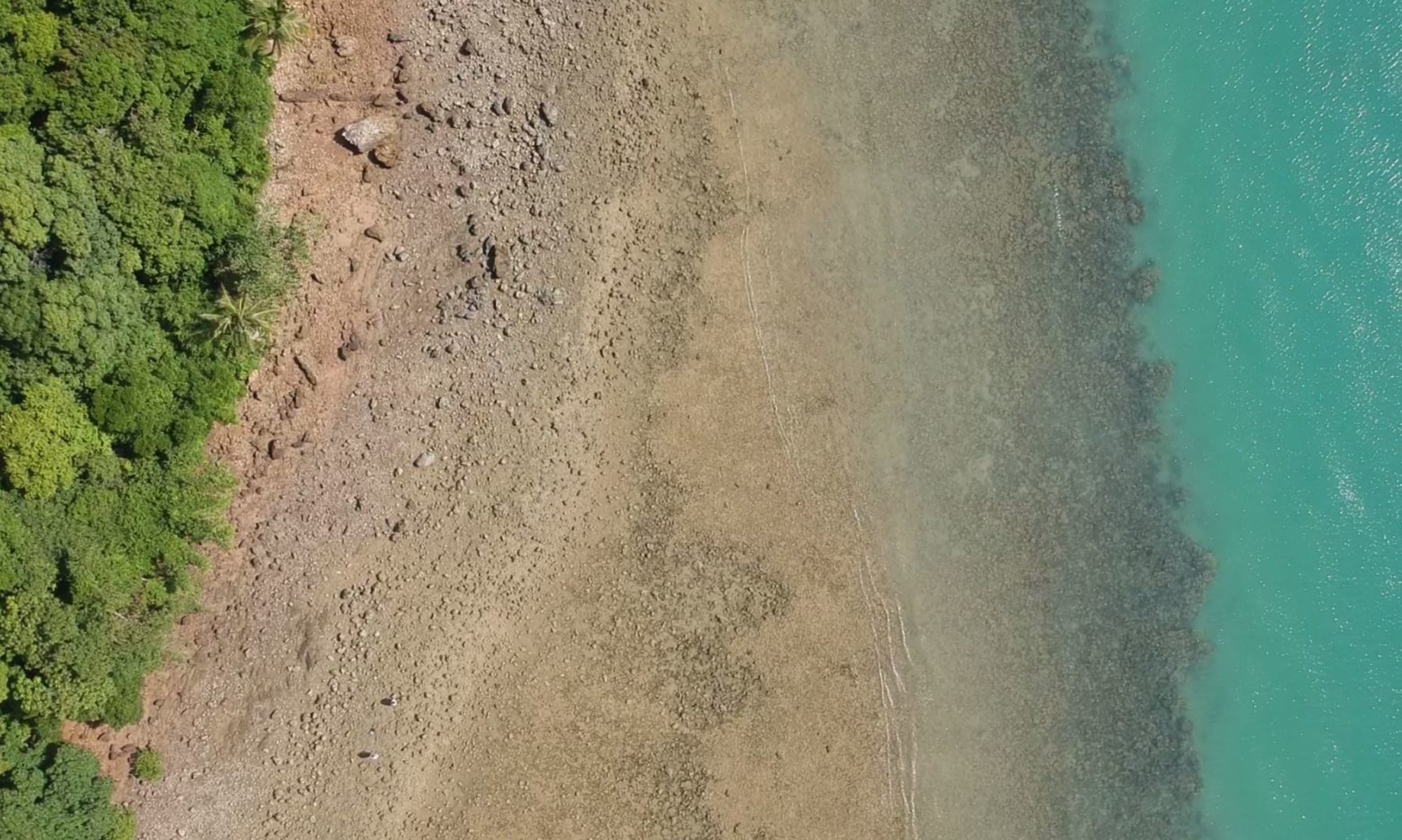
The Digital Naturalism Conference
Field Biology | Interaction Design | Wild Hacking

[ July 1- July 7 ]
Mika and Hannah have been collaborating as KOBAKANT since 2006 in the field of electronic textiles. They share their soft circuit and textile sensor designs on HOW TO GET WHAT YOU WANT.
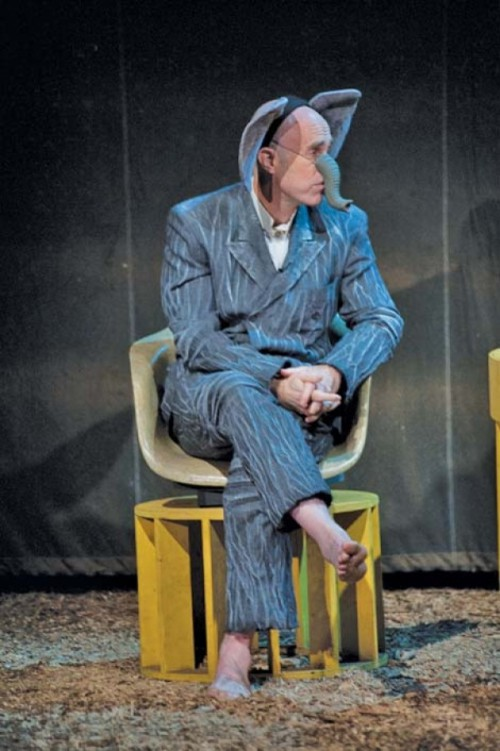
[June 8-18 ]
Nature Performance Art
Deke Weaver (http://www.unreliablebestiary.org/ ) is an award winning performance artist and trans-media storyteller. He currently runs a life-long project called the “Unreliable Bestiary” exploring our “precarious moment in natural history.” Through a series of performances, websites, and books, he creates an ark of stories about animals and our relationships with them.
Theme: During his stay at the Digital Natural Conference Deke will be available to discuss creating engaging performance art concerning natural creatures.
Madeline Schwartzman (www.madelineschwartzman.com, @seeyourselfsensing) is a New York City writer, filmmaker, and architect whose work explores human narratives and the human sensorium through social art, book writing, curating, and experimental video making. Her book, See Yourself Sensing: Redefining Human Perception (Black Dog Publishing, London, 2011), is a collection of futuristic proposals for the body and the senses. Her forthcoming book, titled See Yourself X: Human Futures Expanded (Black Dog Publishing, London), looks at the future of the human head. At DiNaCon, Madeline will make fun head prosthetics using the island’s natural treasures, Arduino and the human sensorium.
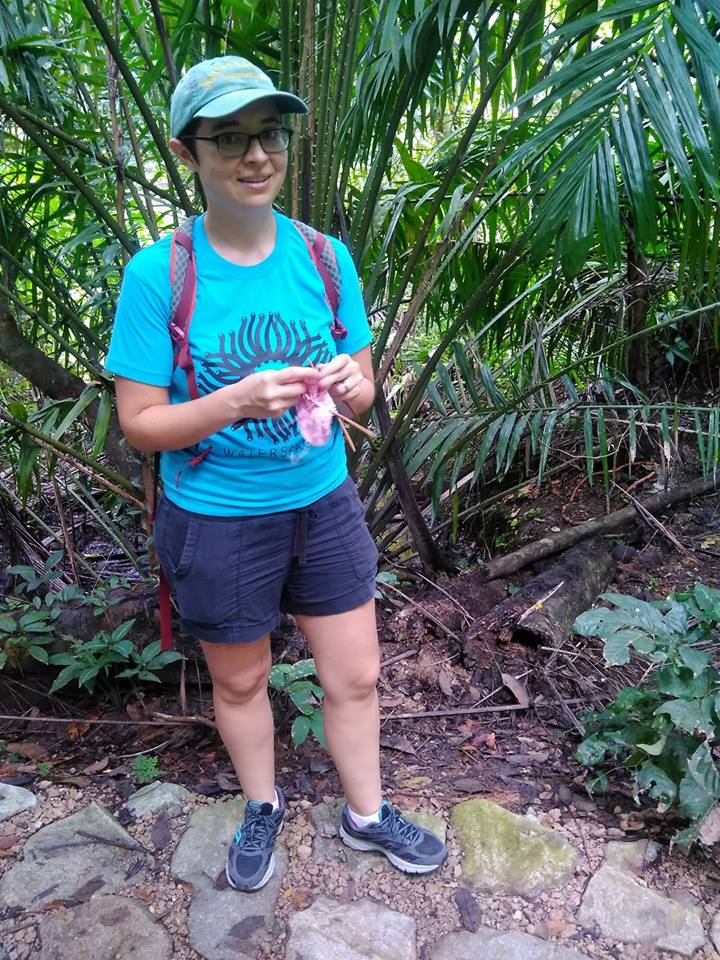
Kitty Kelly (Quitmeyer) (wellreadpanda.com) is a librarian turned professional yarn-crafter. Her interests lie in sustainability, knitting and crochet, books, and red pandas. She has volunteered to teach some of her amazing skills during the conference. Perhaps you will be able to become a mobile knitter / hiker like her!
She has also offered to lead daily yoga and meditation classes at dinacon. (Though she has a disclaimer that she is not a professional in any of these.)

[ May 27 – June 9 ]
Craig Durkin (http://www.highcube.org/) is a renaissance man of design and fun adventure.
During the conference he proposes to lead mini-expeditions around the island while carrying a bunch of sensors to do 360 camera + GPS mapping + fruit/plant identification of trails on the island, and producing videos, imagery, and maps of things we find in the island.
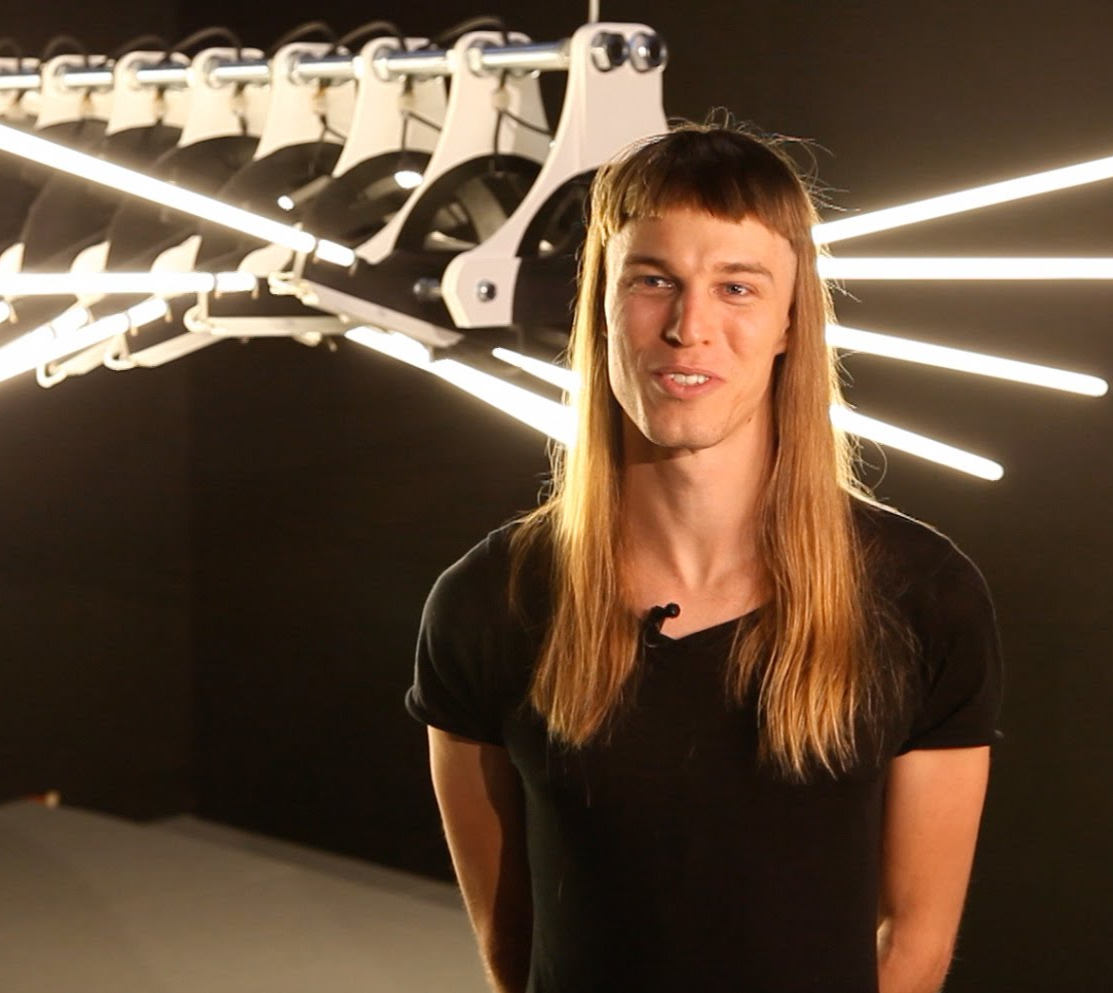
Michael Candy (Australia/Nomadic) is an incredible kinetic artist. He uses physical technologies to impart systems theory on ecology and sociology (http://main.michaelcandy.com). From making scale replicas of metamorphosis to remotely operated protest devices installed within the G20 exclusion zone. His devices empower and translate closed systems into tangible medium; a flooding river is given a voice, a goldfish is at the mercy of a cocktail party, colours shine never visible, synthesizers are controlled by an active volcano and in the Amazon mercury vapor rises above a golden statue in an illegal mining town.
He recently has been working on systems to interact between pollinators and robotic systems, e.g his synthetic pollenizer: https://www.youtube.com/watch?v=cJYHxtWfQmQ

[July 1-8]
Hybrid (digital, molecular yet local) Gastronomy.
Dr. Amit Zoran is Senior Lecturer at the School of Engineering and Computer Science at the The Hebrew University of Jerusalem. He holds a Ph.D. and a M.S. in Media Arts and Science from the MIT Media Lab, a M.Des. in product design from Bezalel, and a B.Sc. in Communication System Engineering from Ben-Gurion University, Israel. In his work, Dr. Zoran studies human-computer interaction, design, craft, and cooking, exploring the divergent realms of emerging computational design technologies and traditional hand-hewn skills.
Hybrid (digital, molecular yet local) Gastronomy: Digital Gastronomy is a culinary vision were traditional cooking is infused with new computational abilities (rather than replacing the chef with an autonomous machine). We will investigate how to deploy digital cooking techniques in traditional Thai kitchens, using local ingredients that we collect in nature, and integrate them into cooking via hybrid methods.
Dr. Andrew Quitmeyer is a hacker adventurer studying intersections between wild animals and computational devices. He left his job as a tenure track professor at the National University of Singapore to start his own Field Station Makerspace in Gamboa Panama: Digital Naturalism Laboratories (dinalab.net). Here he blends biological fieldwork and DIY digital crafting with a community of scientists, artists, designers, and engineers from around the world. He runs mobile workshops called “Hiking Hacks” where participants build interactive technology in outdoor, natural contexts. The Digital Naturalism Conference (dinacon.org) is his research’s largest event, pulling in over 100 participants annually from all fields to collaborate on finding new ways of interacting with nature. His research also inspired a silly spin-off international television series he starred in for Discovery Networks called “Hacking the Wild.”
Tasneem has spent the last decade facilitating interdisciplinary initiatives in the fields of ecology, conservation, education and science communication. Her formal training in marine zoology and practice in the development of experiential learning pedagogies was translated into active programs during the eight years spent as director of the Andaman and Nicobar islands Environmental Team. Tasneem’s photography and writing are visible across scientific and popular publications, book contributions and development of learning materials.
Beyond the scope of research and field based education, she believes that learning and working across subject boundaries is fundamental. Her participation in public speaking and leadership programs is an effort to explore these pathways.
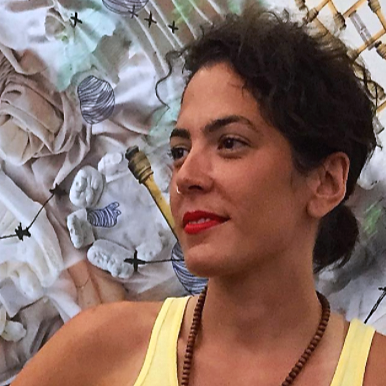
[June 17 – July 2]
I’m Jessica.
My partner Sebastian Monroy and I make digital art together.
Me: interaction design and building installations
He: programming and visual design
This project has evolved!
~ We are going to record the electrical activity in a variety of plants over longer (3-5 days) and shorter (1-12 hours) periods of time.
~ We’ll use the data to make generative art (hopefully in real time) using Unity, as if the plants are drawing.
~We’ll focus on large leaf vegetation.
~While the plants are drawing their art, I will draw the plants.
~ The project will end with the collection of generative art projection mapped onto the plants that generated them. It’ll be an illuminated forest experience.
WE INVITE OTHERS TO GET INVOLVED // HERE’S HOW
~ join my plant sketching sessions. I’ll be drawing the plants daily
~ If you’re great at biological drawing, or if your PRETTY OKAY at any kind of drawing, please lend your expertise! Host a plant sketching sesh and share your knowledge.
~ If you’ve measured plant electricity before, we’d love your input and help!
~ If you have specialized knowledge about how plants use electricity, please share! It will help a lot with creating meaningful visual designs.
~ If you’re a performance artist, are you interested in performing in the illuminated forest?
///////////////////////////////////////////////////////////////////////////////////////////////
We were inspired by @DrBeef on twitter //
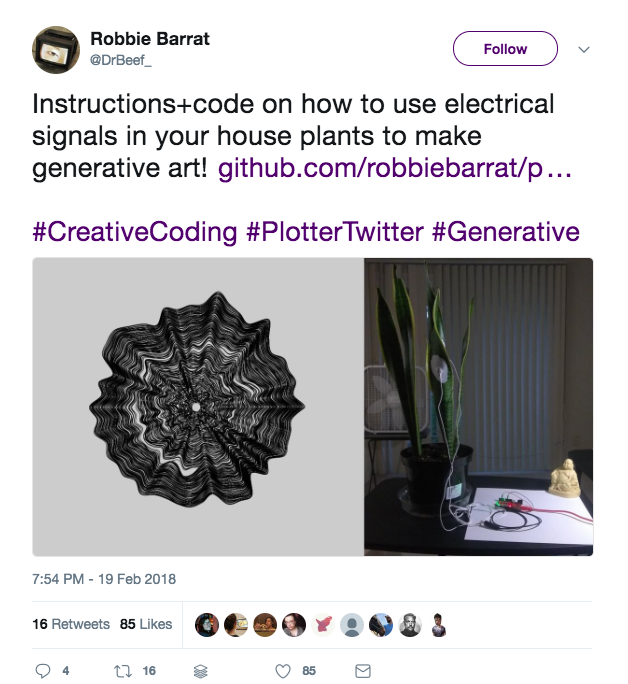
We’re inspired by the bio-diversity on the island, and how different tropical plants might express themselves differently or similarly to others in varying conditions.
To understand how to get the most accurate measurements, we’re going to try non-invasive extracellular recording using silver chloride treated electrodes or a method using medical electrodes like the kind used in EEG.
We're using this thread on electronics stackexchange to learn about how to measure the electricity from foliage. https://electronics.stackexchange.com/questions/85342/ detect-electrical-signals-from-plants
We're also using a paper by Jorg Fromm & Silke Lautner "Electrical signals and their physiological significance in plants" (2006) to learn about plant bioelectricity. https://onlinelibrary.wiley.com/doi/abs/10.1111/j.1365-3040.2006.01614.x
////////////////////////// We are going to use this data to generate graphic art using the Unity game engine. Here’s a peep at some of our generative artwork in Unity:
////////////////////////// TeamLab’s light projection onto trees inspires us.
Our goal is to project the digital art generated by the plant’s electricity back onto the plant itself — to show activity in the plant that is always happening, but unseen.
//////////////////////////////////////////////
EQUIPMENT LIST
~ Greenlee DM-510A True RMS Professional Plant Digital Multimeter
~ DTECH 10 Feet USB 2.0 to RS232 DB9 Serial Port Adapter Cable with FTDI (10′ wired connection for DMM to PC display — maybe a longer one? wireless?) ~ 4mm Ag/AgCl electrode discs ~ Spectra 360 Electrode Gel
//////////////////////////////////////////////
LET’S TALK! JESSICAXANDERSON@GMAIL.COM